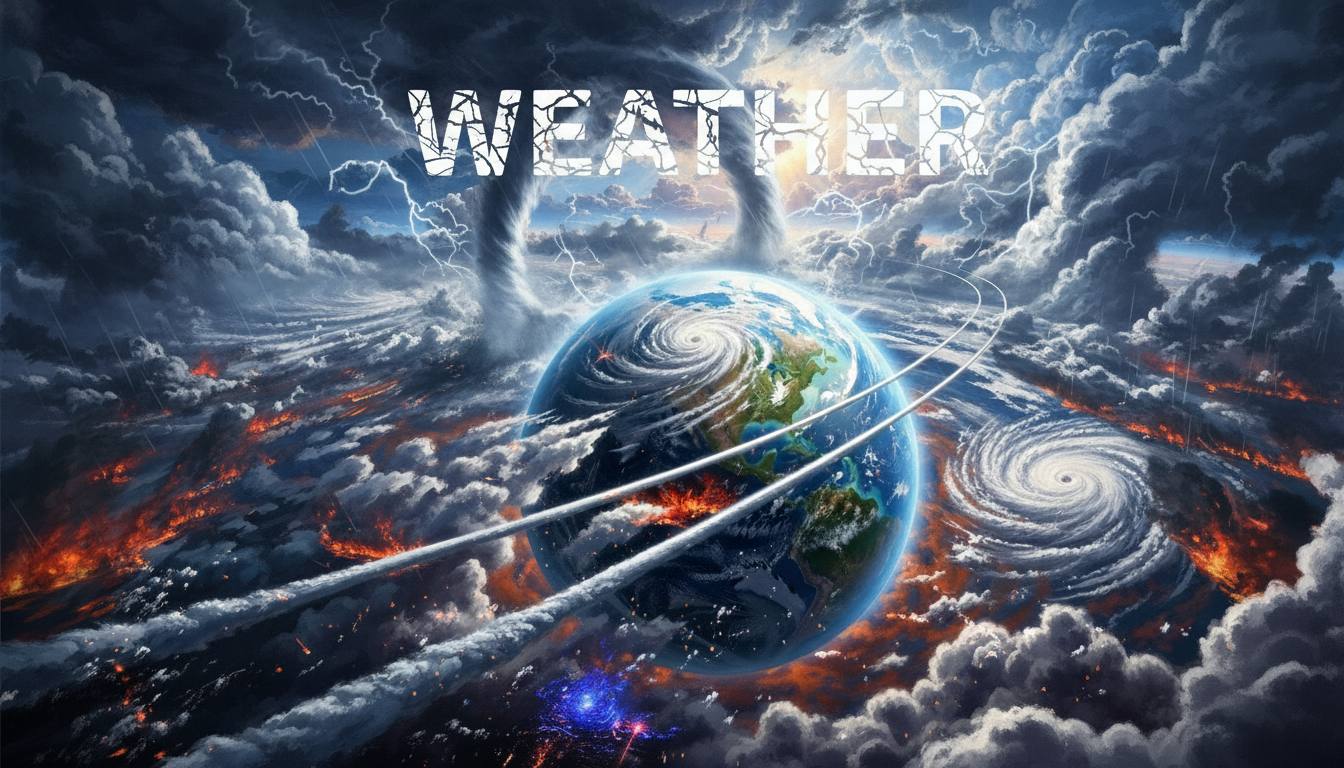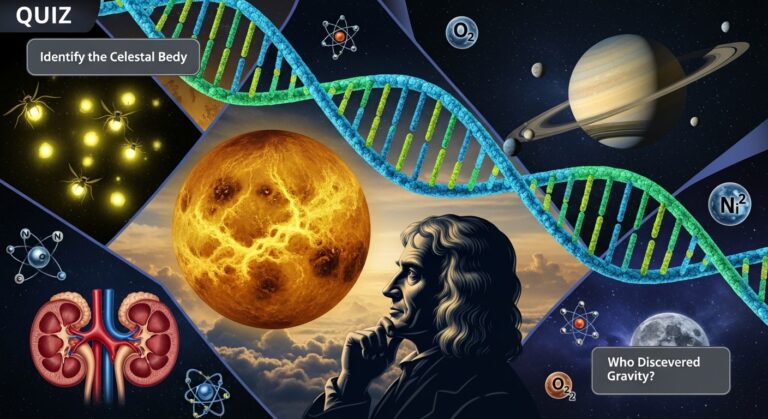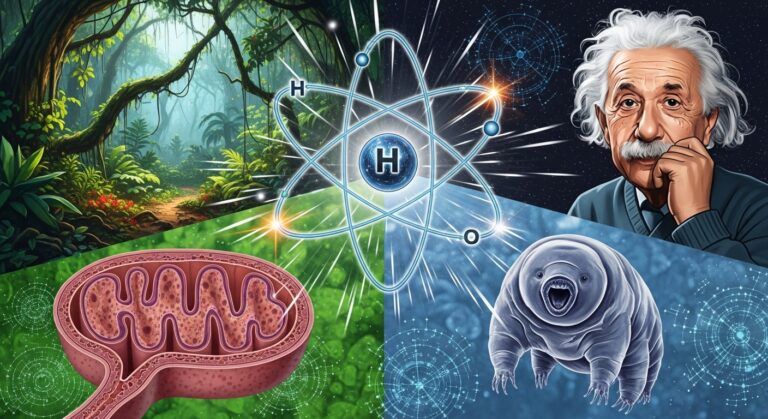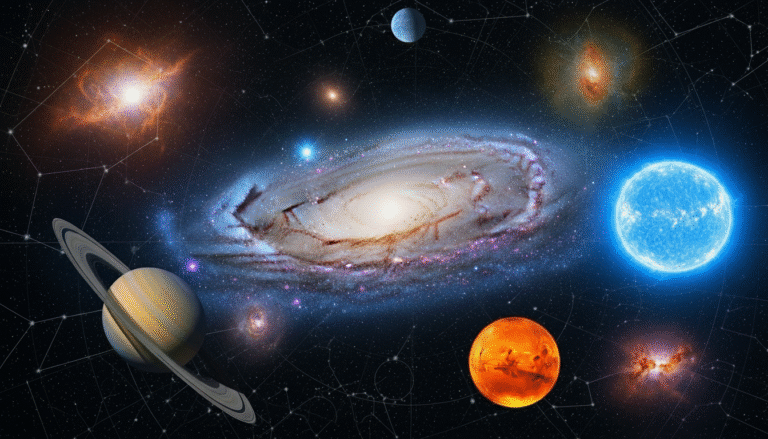Weather and Climate Science Quiz: Test Your Knowledge of Earth’s Atmosphere
Weather and climate are two closely related yet fundamentally different concepts that shape life on Earth. Weather describes short-term conditions such as rainfall, wind, temperature, and storms. Climate, on the other hand, represents long-term patterns that unfold over decades or even centuries.
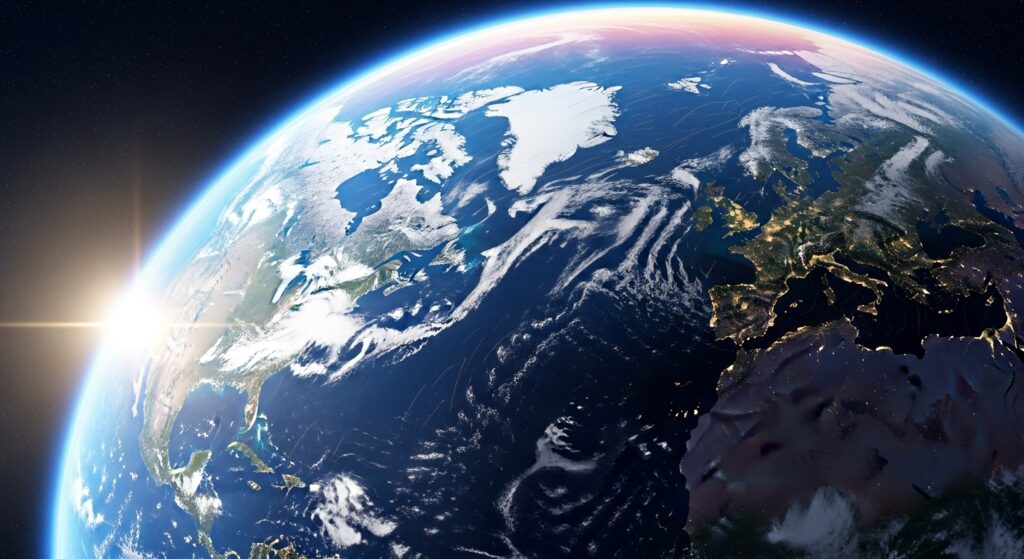
This weather and climate science quiz is designed to help learners understand how our atmosphere behaves, why weather changes day to day, and how climate shapes ecosystems around the world.
Atmospheric Pressure: The Weight of the Air Above Us
Atmospheric pressure is the force exerted by the weight of air in the atmosphere. Meteorologists measure pressure using a barometer, a key instrument for predicting weather patterns. When pressure drops, it often signals that a storm or low-pressure system is approaching. High pressure usually means clear skies and calm conditions. Pressure changes are the driving force behind winds, storms, and atmospheric circulation.
To learn more about pressure systems, see:
https://www.weather.gov/jetstream/pressure
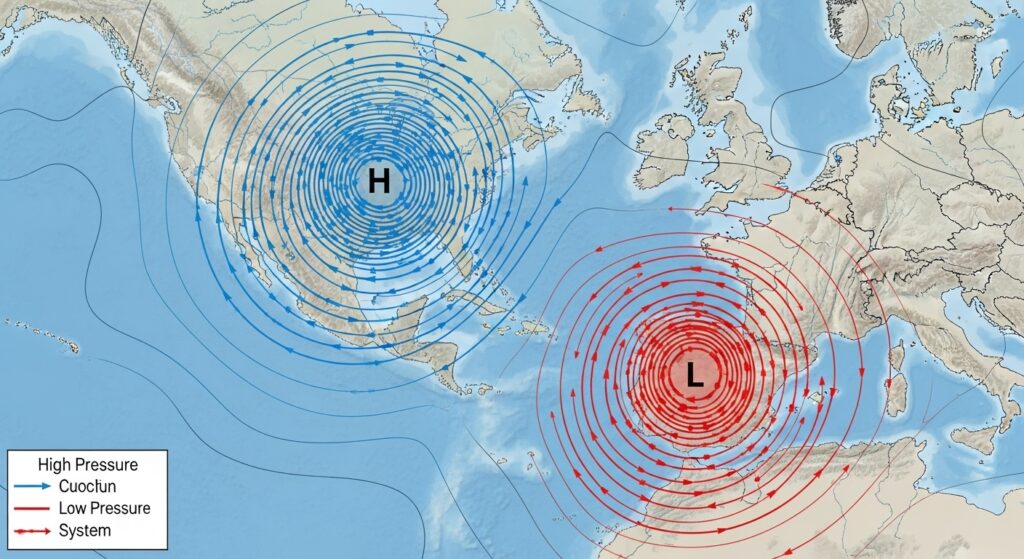
Greenhouse Gases and Earth’s Energy Balance
Earth’s climate is significantly influenced by greenhouse gases, including carbon dioxide, methane, and water vapor. These gases trap heat by preventing infrared radiation from escaping into space. This natural “greenhouse effect” keeps Earth warm enough to support life. However, increased human emissions of CO₂ have strengthened the greenhouse effect, causing global warming.
A detailed explanation of greenhouse gases:
https://climate.nasa.gov/causes
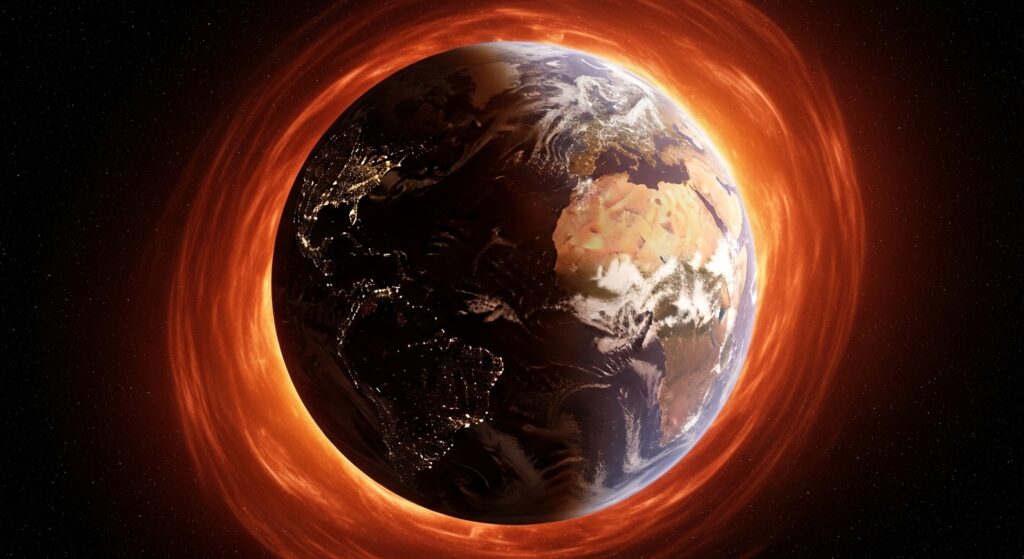
Weather Fronts: Boundaries Between Air Masses
Fronts form where warm and cold air masses meet. These boundaries are responsible for dramatic weather changes, including storms, rain, and temperature shifts. Cold fronts often bring fast-moving storms, while warm fronts typically lead to gentle but prolonged rainfall. Understanding fronts helps meteorologists forecast weather accurately.
Cloud Types and Thunderstorm Formation
Cumulonimbus clouds are the giants of the sky. These towering clouds can reach heights of 12 kilometers or more and are responsible for thunderstorms, lightning, hail, and even tornadoes. Their formation requires moisture, rising warm air, and unstable atmospheric conditions. By identifying cloud types, people can predict upcoming weather events.
More on cloud classifications:
https://www.noaa.gov/jetstream/clouds
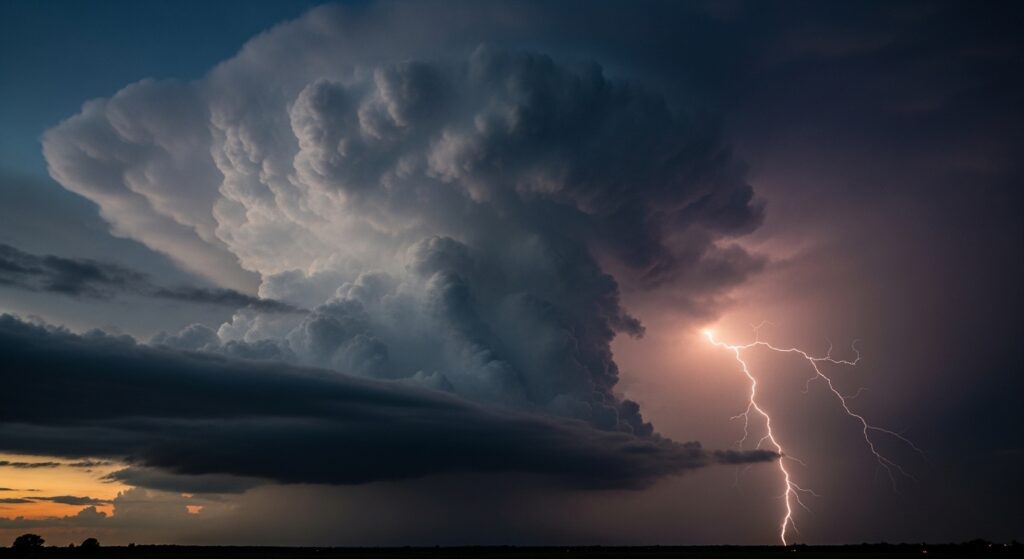
Weather vs. Climate: Understanding the Difference
Weather changes from minute to minute, while climate describes predictable long-term trends. For example, a rainy day does not indicate a change in global climate — it’s simply weather. Climate is analyzed using decades of temperature, precipitation, and humidity data. Understanding this distinction is essential for interpreting news about climate change correctly.
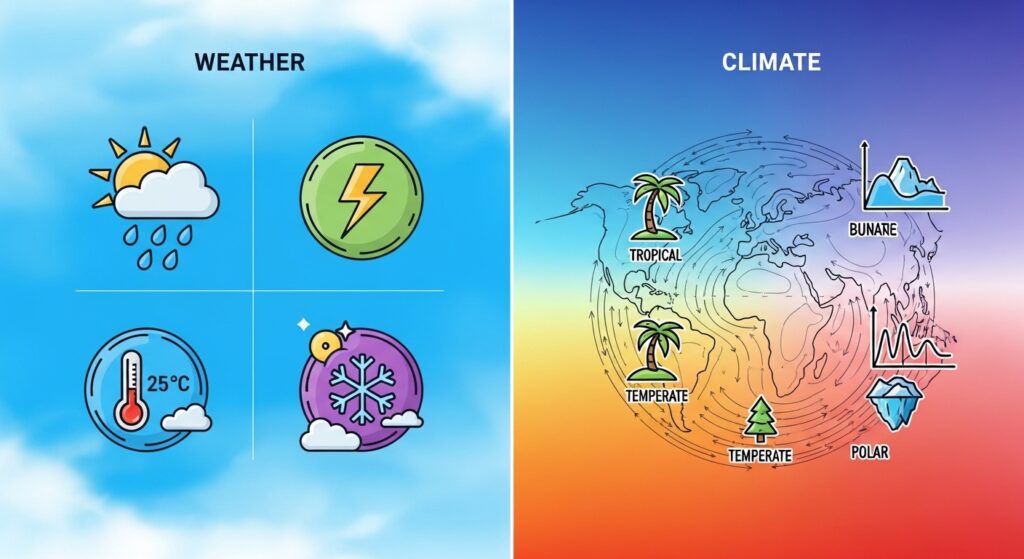
Measuring Hurricanes: The Saffir–Simpson Scale
The Saffir–Simpson Hurricane Wind Scale categorizes hurricanes from Category 1 to Category 5 based on sustained wind speeds. This scale helps predict potential damage, from broken tree branches to catastrophic destruction. Hurricanes are powerful storms fueled by warm ocean water and rotating winds, and accurate measurement is essential for public safety.
The Cause of Wind: Air in Motion
Wind forms because of differences in air pressure. Air naturally moves from high-pressure areas to low-pressure areas. When the sun heats Earth’s surface unevenly — such as land warming faster than oceans — pressure differences develop, creating winds. Earth’s rotation also influences wind direction through the Coriolis effect.
More on wind formation:
https://scied.ucar.edu/learning-zone/how-weather-works/wind
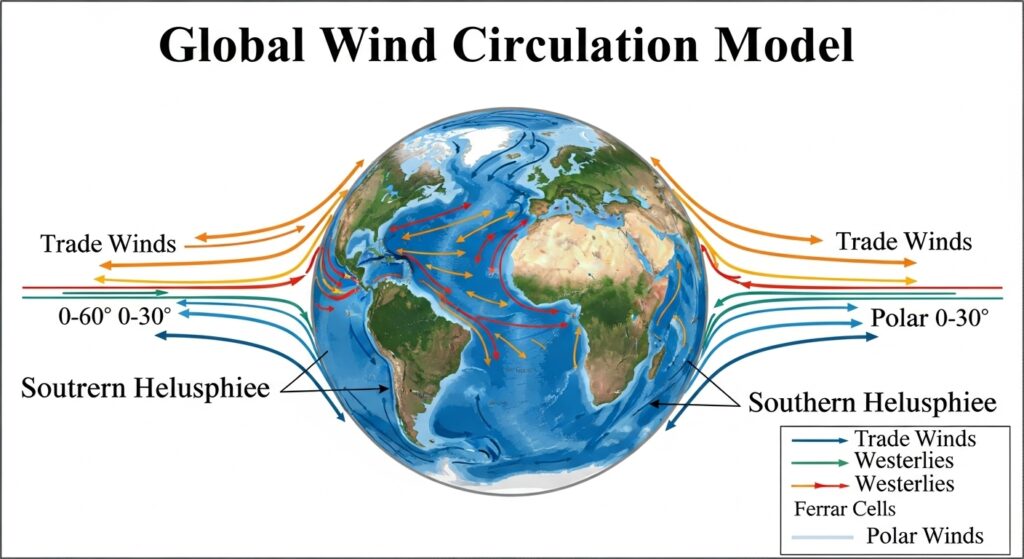
Greenhouse Gases vs. Non-Greenhouse Gases
While gases like carbon dioxide and methane trap heat, nitrogen — which makes up 78% of our atmosphere — does not significantly contribute to the greenhouse effect. This is because nitrogen molecules do not absorb infrared radiation. Understanding which gases warm the planet and which do not is essential for studying climate change.

The Jet Stream: Rivers of Wind in the Sky
The jet stream is a fast-moving ribbon of air that flows high in the atmosphere, guiding weather systems across continents. When the jet stream shifts, it can cause heatwaves, extreme cold, or heavy storms. Airplane travel times are also affected by jet streams, gaining speed when flying with them and slowing down when flying against them.
Learn more about jet streams:
https://www.weather.gov/jetstream/jetstream
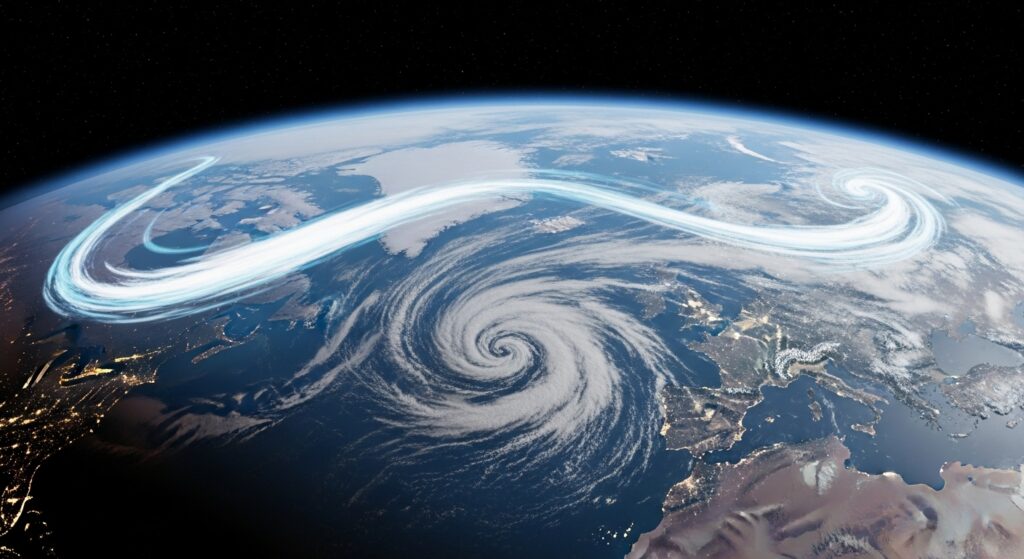
El Niño: A Global Climate Phenomenon
El Niño occurs when warm ocean water spreads across the central and eastern Pacific Ocean. This warming disrupts global weather patterns, causing droughts, intense rainfalls, and temperature extremes. El Niño events happen every 2–7 years and have major effects on agriculture, ecosystems, and human societies.
More details here:
https://www.noaa.gov/education/resource-collections/weather-atmosphere/el-nino
Conclusion
Weather and climate are powerful forces that influence ecosystems, human activities, and the stability of our planet. By learning about atmospheric pressure, greenhouse gases, jet streams, and storms, you gain a clearer understanding of how Earth’s atmosphere works. This weather and climate science quiz encourages curiosity and scientific thinking, helping you appreciate the complex systems that shape daily weather and long-term climate trends. Understanding these processes also highlights why climate awareness and environmental responsibility are essential for our future.

